Identifying House Sparrows:
House Sparrows are small, stocky songbirds that are common across North America. Measuring around 6 inches in length, they feature a short tail, a stout, conical bill, and relatively drab plumage. Males are identifiable by their gray crowns, black bibs, and chestnut-colored napes, while females are mostly brown with streaked backs and a plain buffy breast.


Above left: Male House Sparrow / Above right: Female House Sparrow
Originally native to Europe and Asia, House Sparrows have adapted remarkably well to urban and suburban environments, where they thrive in close proximity to humans.
How House Sparrows were introduced to North America:
House Sparrows were first introduced to North America in the 1850s by well-meaning settlers who released them in Brooklyn, New York, in an attempt to control insect populations. From there, they rapidly expanded across the continent, taking advantage of human-altered landscapes such as farms, cities, and residential neighborhoods. Today, they are one of the most widespread bird species in North America.

Are House Sparrows bad?
Despite their adaptability, House Sparrows are often regarded as a nuisance due to their aggressive behavior toward native bird species. They frequently outcompete birds like bluebirds, chickadees, and swallows for nesting sites, often taking over cavities and evicting native birds. They have been known to destroy eggs, kill nestlings, and even attack adult birds in their quest to dominate feeding and breeding territories.
Additionally, their large flocks can overwhelm bird feeders, preventing other birds from accessing food. Their droppings and nesting materials can also create messes around homes and businesses.
House Sparrow Nesting:
House Sparrows build messy, dome-shaped nests using a variety of materials, including grass, feathers, paper, string, and even plastic. These nests are often found in cavities such as eaves, vents, and nest boxes, as well as in tree hollows and crevices in buildings. The nests can appear bulky and disorganized, often with stray materials sticking out.
House Sparrow eggs are small, measuring about 0.8 inches in length, and are typically white, pale gray, or light green with brown speckles. A clutch usually contains 3-7 eggs, and the female incubates them for about 10-14 days. Once hatched, the nestlings remain in the nest for another 14-17 days before fledging.

How to get rid of House Sparrows at your bird feeder and bird house:
If House Sparrows have become a problem in your yard, consider the following strategies:
- Use selective feeders: While no feeder is entirely House Sparrow-proof, you can make it harder for them to take over in your backyard. Use tube feeders with small perches or finch feeders and skip platform or large hopper feeders that offer easy access. If House Sparrows are taking over your suet feeder, try an upside-down design - perfect for agile clingers like woodpeckers, chickadees, and nuthatches, but tricky for stocky sparrows to use.
- Choose the right seed: House Sparrows prefer inexpensive mixed birdseed blends that contain millet, cracked corn, and sunflower seeds. If you’re trying to discourage them from your feeder, avoid seed mixes heavy in millet and cracked corn, and opt for Nyjer (thistle) seed or safflower seed. When feeding suet, stick to plain varieties without added seeds, nuts, or mealworms to avoid attracting them. In-shell peanuts can also be a great alternative, as their hard shells make them less accessible to House Sparrows.
- Chose the right birdhouses: Make sure the entrance holes of your birdhouses are appropriately sized for the species you want to attract. For example, bluebird boxes should have a 1.5-inch hole, while wren houses should have an entrance no larger than 1 inch to exclude sparrows.
- Reduce nesting opportunities: House Sparrows prefer nesting in small cavities, including eaves, vents, and old structures. Seal off potential nesting sites around your property and remove old nests when found.
- Remove feeders temporarily: If House Sparrows won’t budge, try taking your feeders down for 1-2 weeks. While this will also deter other birds, you might find that House Sparrows are the last to return, giving your yard a fresh start.
By implementing these measures, you can help support native bird populations while minimizing the impact of House Sparrows in your yard. While they are a fascinating and resilient species, ensuring a balanced ecosystem benefits all birds and enhances biodiversity.






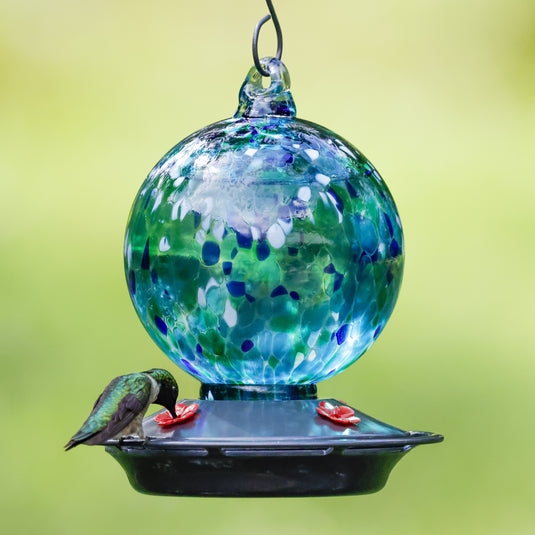
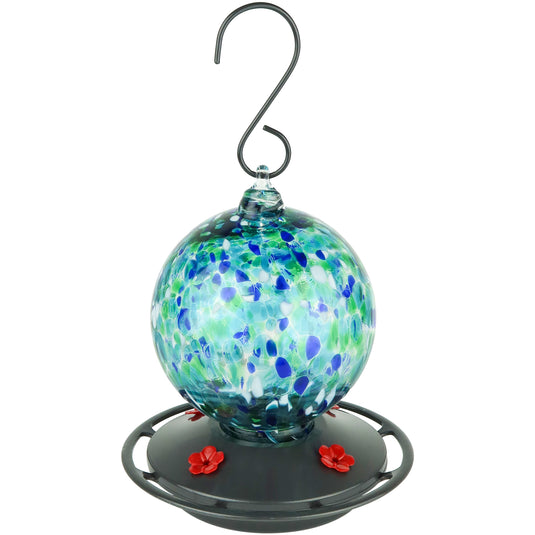


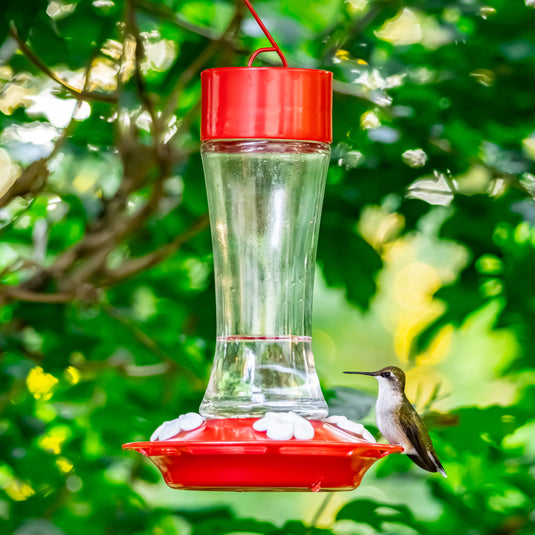
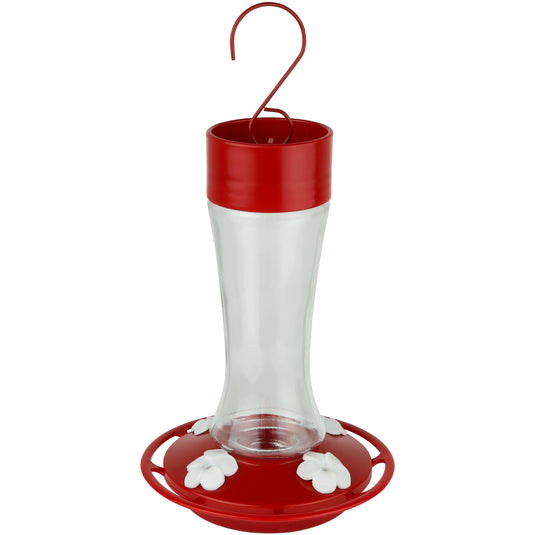
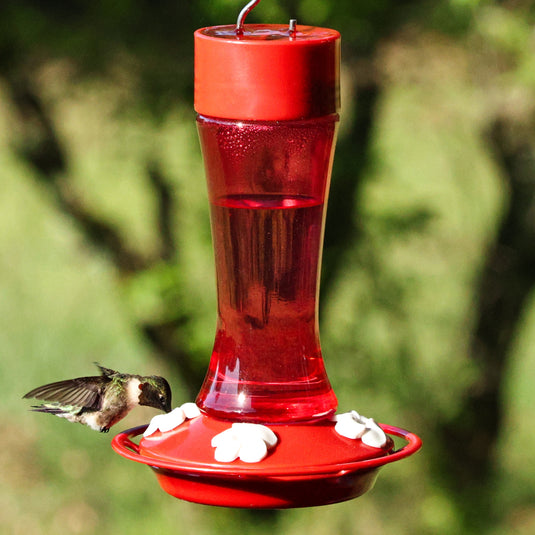
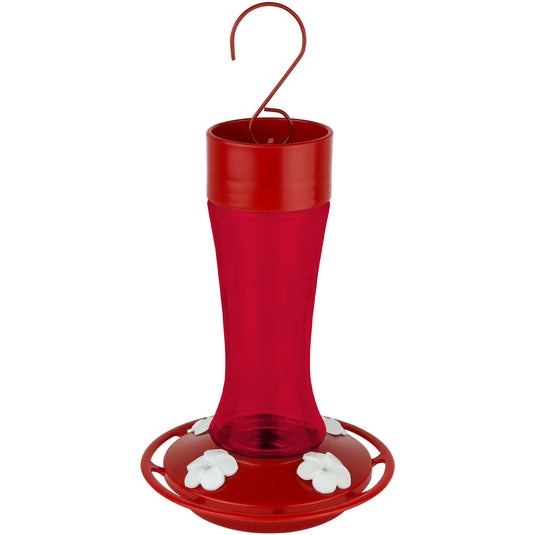
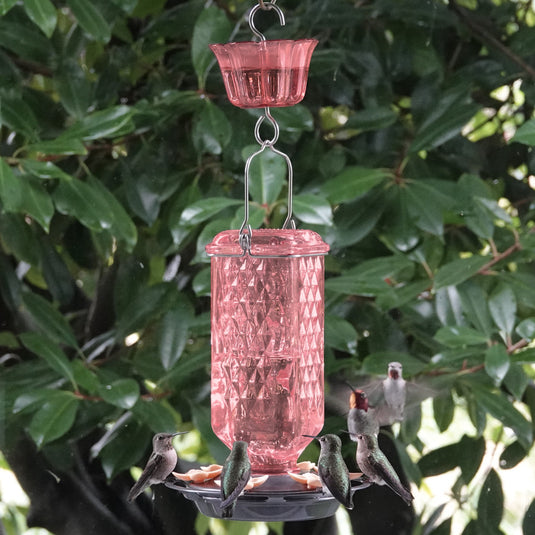
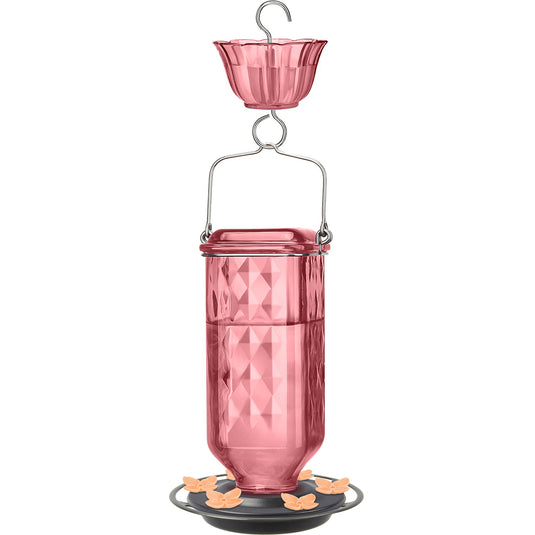
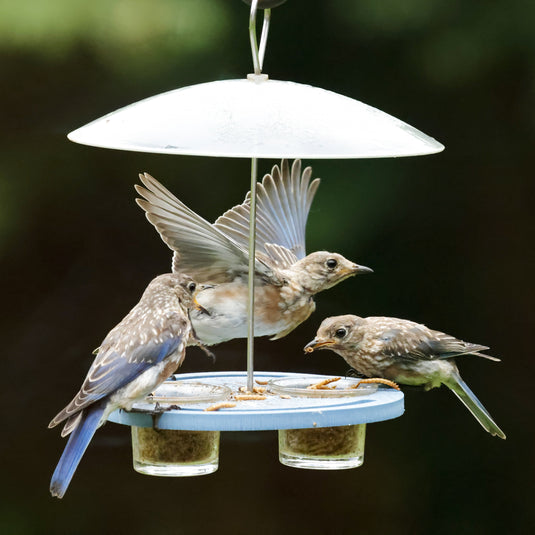
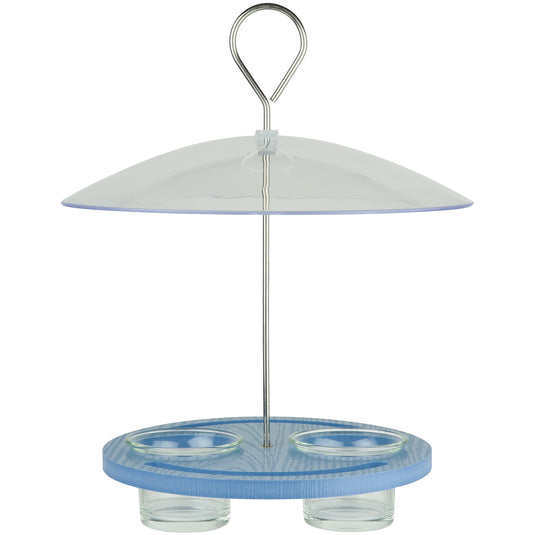
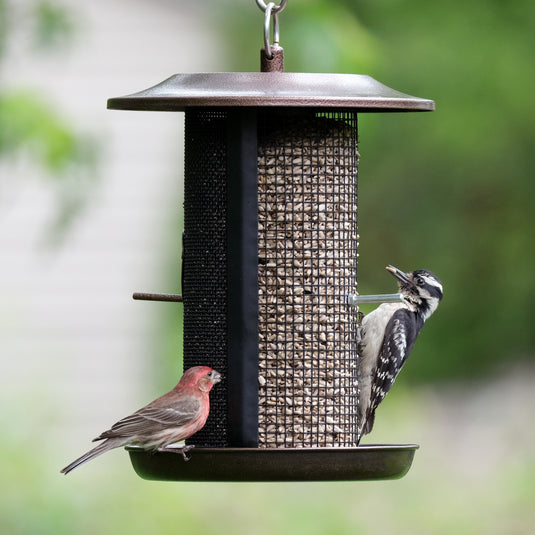
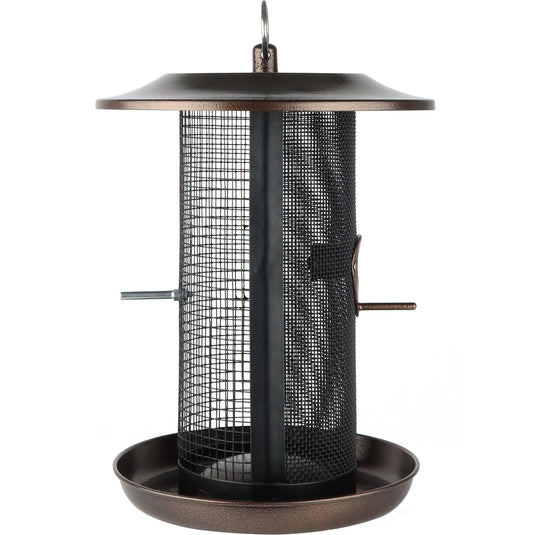
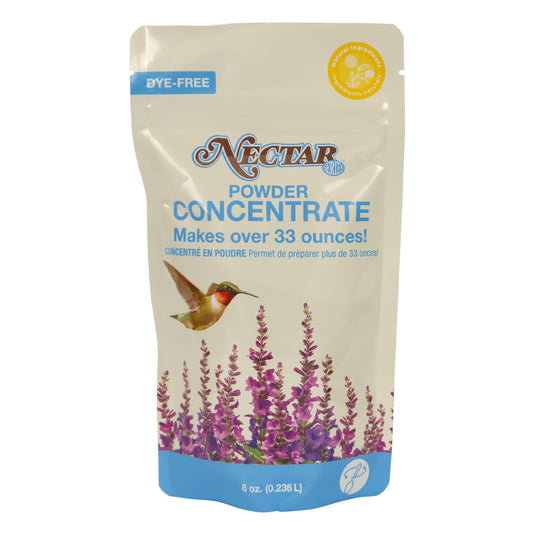
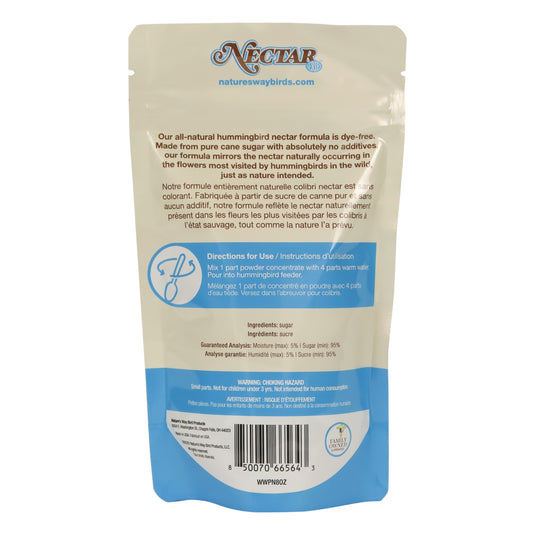
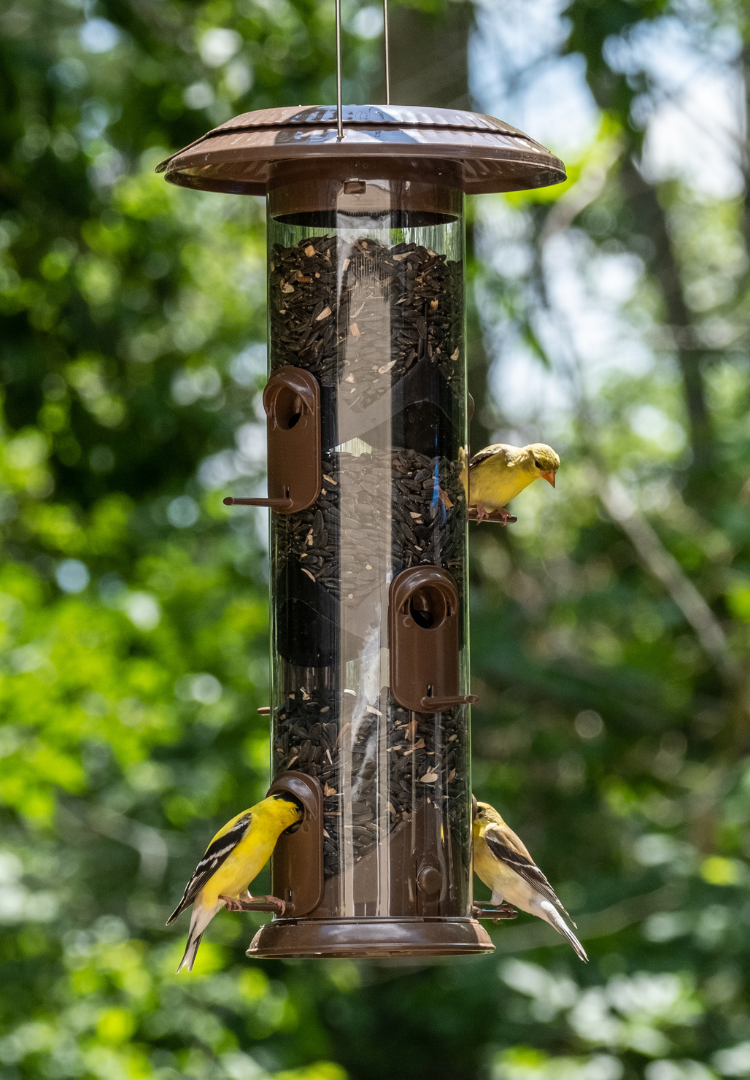
Hi Mary. Thank you for reaching out to Nature’s Way Bird Products and we are sorry to hear you are having an issue with the feeder base. Please reach out to our Customer Service team directly via email info@natureswaybirds.com so we can assist. Thank you!
I just got the natures way oriole feeder and can not figure out how to separate the 2 part base of the feeder to clean. It is really hard to pry apart and I have arthritis in hands. Any tips on prying it apart would be helpful as I do like the feeder so far.
Thank You